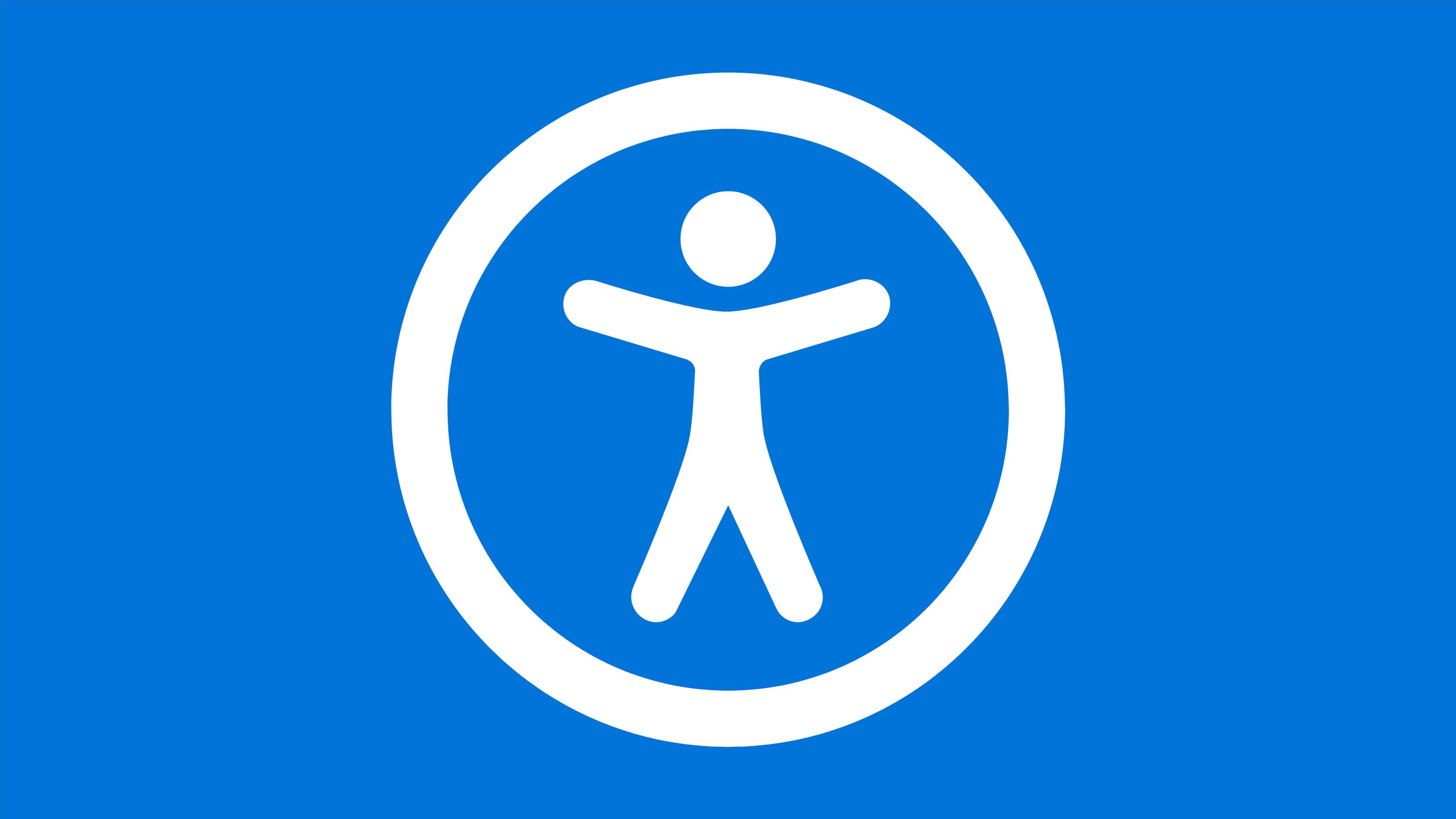Disability Etiquette
How can we be kind toward people with disabilities, rather than jerks?

Contents
Introduction
Etiquette is a strange term. I’d rather talk about kindness.
I want to be kind to others, but sometimes I can be a socially awkward person, and I’m not always sure how to be kind. Sometimes, it can be confusing how to be kind toward people with disabilities. Our society routinely marginalizes and excludes those with disabilities; therefore, many people without disabilities don’t actually have much experience interacting with people who do have disabilities.
Here are some tips and general principles for how to treat people with disabilities with kindness and how to avoid being a jerk.
Focus on the person, and treat them like a person
Focus on the person. Talk to the person directly, not to their support staff. Leave their service animal alone. Don’t ask them probing questions about their disability (unless they have clearly signaled a willingness to discuss it). Use person-first language. That is, say “a person who is blind” rather than “a blind person” or other, ruder terms.
Side-note: Some people prefer identity-first language. For example, someone might prefer to be called “an autistic person” rather than “a person with autism.” I think identity-first language is becoming more popular these days, so when you are dealing with an individual, ask them what they prefer, and then respect their preference.
Treat them like a person. Feel free to say hi or give a friendly wave and acknowledge their presence. Shake their hand if that’s situationally appropriate. If you’re talking to an adult, talk to them like an adult, with your usual pitch and rhythm. Don’t interrupt them or speak over them. Don’t treat them like inspiration porn. Don’t assume they need help. If it looks like they do need help, you can ask if they want your help. If they say no, don’t help them. If you are helping guide someone who is blind, don’t grab them; let them hold onto your arm. If you’re guiding them, pay attention to the environment and give them warnings when appropriate. (Better yet, ask them if they want you to announce steps and curbs.) If you’re not sure about something, ask. If you’re not sure what they said, repeat what you understood and ask for clarification. Remember that different people have different preferences.
Respect people’s assistive technologies
Treat people’s assistive technologies like an extension of their bodies. Don’t touch it without asking. (Would you touch or take off someone’s glasses without asking?) Definitely don’t hide it or mess with it in any way.
Disabilities aren’t “the worst,” but impairments are real
Don’t act like disabilities are terrible. Don’t pity people with disabilities. Avoid negative language like “confined to a wheelchair” or “wheelchair bound.” (Instead, say that someone uses a wheelchair.) Also avoid euphemisms like physically challenged or differently enabled.
Impairments are real though. Don’t pretend like they don’t exist.
If you’re interacting with someone who is blind, introduce yourself by name. As appropriate, introduce or address others by name and consider describing how you’re dressed or the environment around you. Don’t just gesture and say “over there” and assume they’ll understand. (Don’t worry about common visual-centric phrases like “see you later.”)
If you’re talking with someone with a speech or cognitive disability, be a little patient. Give them time to express themself. Pay attention.
If you’re talking with someone who uses a wheelchair, sit down. Get at eye level with them.
When you’re communicating with someone who is deaf or hard of hearing, make sure that you speak clearly and that they have a clear view of your face.
Consider learning sign language.
Don’t assume that someone can’t interact with you. If you’re not sure, ask them how they want to communicate.
Remember to create accessible documents, websites, and apps. When you are planning events, plan for an accessible venue and presentation. When you are advertising events, share the access info alongside other basic info like the time and place. Provide a way for people to ask for accommodations as necessary.